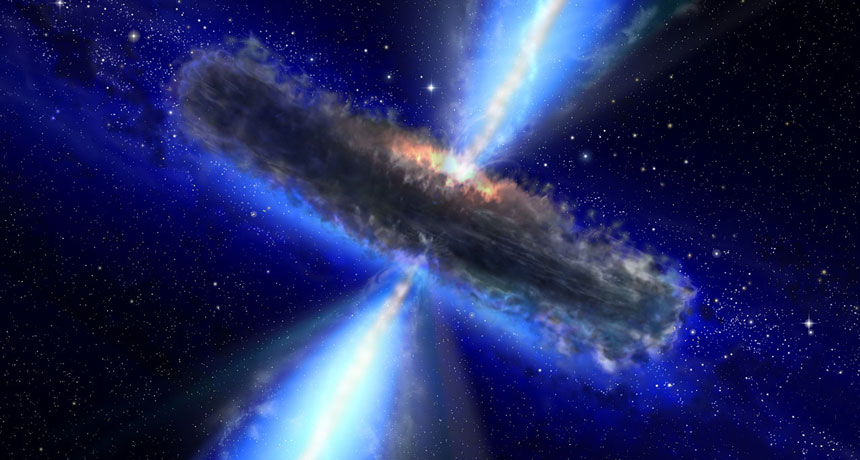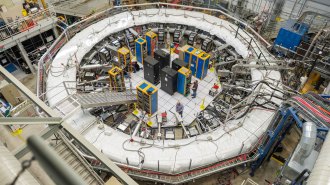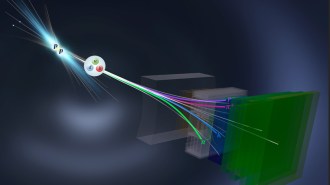One particle’s trek suggests that ‘spacetime foam’ doesn’t slow neutrinos
The nearly massless particles appear to travel at virtually the speed of light

SPEED TEST A neutrino blasted from a bright galaxy known as a blazar (illustrated) along with a flare of light reveals that neutrinos travel at roughly the speed of light.
ESA, NASA, Paolo Padovani/AVO project







